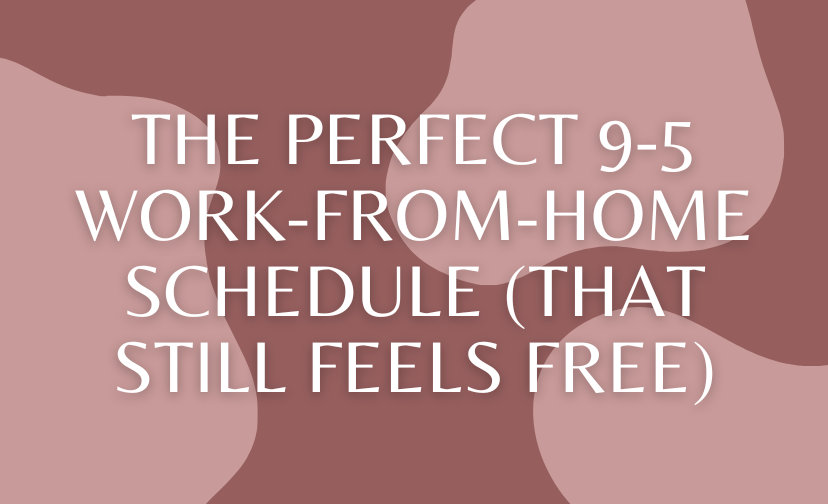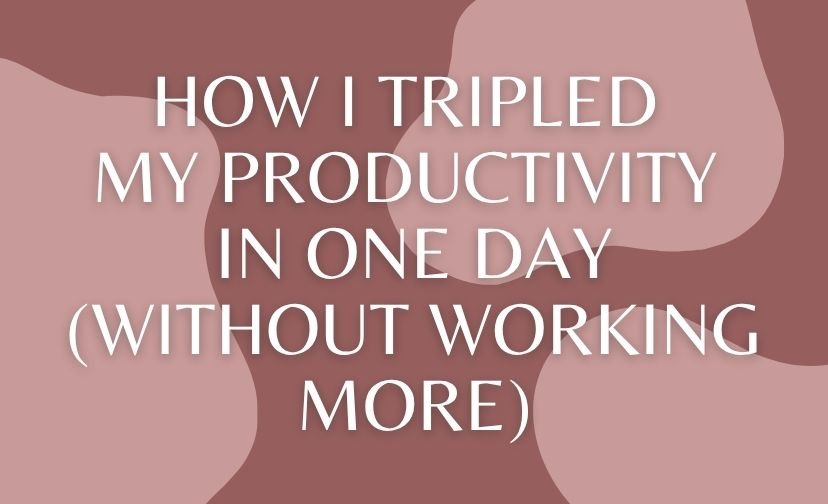Have you ever found yourself wondering why some days seem more productive than others? The secret might lie in your workspace. A well-designed home office can be the key to unlocking your potential and boosting productivity.
Imagine transforming your workspace into a haven of focus and creativity, where every element is thoughtfully arranged to inspire and motivate you. Let’s delve into the world of home office setup tips and discover how you can create an effective workspace that not only enhances productivity but also brings joy to your daily routine.
The Importance of a Well-Designed Home Office
In today’s world, where work from home has become the norm for many, having a dedicated and well-designed home office is more crucial than ever. A thoughtfully arranged workspace can significantly impact your productivity, mental health, and overall work satisfaction. But what makes a home office truly effective?
Creating a Dedicated Workspace
The first step in designing a productive home office is to establish a dedicated workspace. This doesn’t necessarily mean having a separate room; it could be a cozy corner in your living room or a nook in your bedroom. The key is to create a space that mentally separates work from leisure, signaling to your brain that it’s time to focus when you’re in that area.
Choose a spot with minimal distractions, away from high-traffic areas in your home. If possible, position your desk near a window to benefit from natural light, which can boost your mood and energy levels.
The Benefits of Natural Light
Natural light is more than just a mood enhancer; it’s a powerful tool for productivity. Studies have shown that exposure to natural light can improve focus, reduce eye strain, and even regulate your sleep-wake cycle. If your home office lacks windows, consider using full-spectrum light bulbs that mimic natural sunlight.
Position your desk to face a window, if possible, to maximize exposure to natural light. If your workspace doesn’t allow for this, incorporate mirrors to reflect light and brighten the room.

Essential Home Office Setup Tips
Designing an effective home office goes beyond aesthetics; it involves selecting the right furniture and tools that cater to your specific needs. Let’s explore some essential home office setup tips that can make a significant difference in your productivity.
Choosing the Right Furniture
Investing in quality furniture is a cornerstone of a productive workspace. An ergonomic chair and a sturdy desk are non-negotiable items. Your chair should support your posture, reducing the risk of back pain, while your desk should provide ample space for your computer, documents, and other work essentials.

Ergonomic Considerations for Comfort
Comfort is key to maintaining focus and efficiency. Ergonomic furniture helps prevent discomfort and fatigue, allowing you to work for extended periods without strain. Consider adjustable desks that let you switch between sitting and standing, promoting movement throughout the day.
Ensure your monitor is at eye level to prevent neck strain. Use a footrest if your feet don’t touch the ground when seated, and consider wrist supports for your keyboard and mouse to prevent strain.
Maximizing Space in Small Areas
Not everyone has the luxury of a spacious home office. For those working in smaller spaces, creativity is essential. Utilize vertical space with shelves and wall-mounted storage to keep your desk clutter-free. Multi-functional furniture, such as desks with built-in storage, can help maximize your available area.
| Furniture | Function |
|---|---|
| Adjustable Desk | Allows sitting and standing options |
| Ergonomic Chair | Supports posture and reduces strain |
| Wall Shelves | Utilizes vertical space for storage |
Incorporating Technology for Efficiency
Technology plays a pivotal role in modern workspaces. Invest in a reliable computer, high-speed internet, and essential peripherals like a printer and scanner. Consider dual monitors to enhance multitasking capabilities and streamline your workflow.
Organize cables using cable management solutions to keep your workspace tidy and prevent tripping hazards. Regularly update software and backup important files to avoid disruptions.

Organizational Strategies for a Productive Environment
A cluttered workspace can lead to a cluttered mind. Implementing organizational strategies can help maintain a tidy environment that fosters productivity and focus.
Decluttering Your Workspace
Begin by removing unnecessary items from your desk. Keep only essential tools and materials within reach, and store everything else in designated storage spaces. A clean workspace reduces distractions and enhances focus.
Using Smart Storage Solutions
Smart storage solutions can transform your home office into a well-organized haven. Consider using drawer organizers, filing cabinets, and labeled storage boxes to keep everything in its place. This not only improves efficiency but also creates a visually pleasing environment.

Establishing Clear Boundaries
When working from home, it’s essential to establish clear boundaries between work and personal life. Communicate your work hours to family members and set expectations for interruptions. This helps maintain a professional atmosphere and enhances focus during work hours.
Enhancing Focus and Reducing Distractions
Distractions are the nemesis of productivity. Creating an environment that minimizes interruptions can significantly enhance your ability to concentrate and complete tasks efficiently.
Managing Digital Clutter
Digital clutter can be just as distracting as physical clutter. Organize your computer desktop, email inbox, and digital files regularly. Use cloud storage solutions to keep important documents accessible and secure.

Creating a Distraction-Free Zone
Designate your home office as a distraction-free zone. Use noise-canceling headphones or a white noise machine to block out background noise. Consider using apps that limit access to distracting websites during work hours.
The Role of Background Noise and Silence
While some people thrive in silence, others find background noise helpful for concentration. Experiment with different soundscapes, such as instrumental music or nature sounds, to find what works best for you.
Motivation and Mindset for Remote Work
Your mindset plays a crucial role in your productivity. Cultivating motivation and maintaining a positive outlook can drive success in a remote work environment.

Setting a Daily Routine
Establishing a consistent daily routine helps signal to your brain that it’s time to work. Set specific start and end times for your workday, and include breaks to recharge. This routine creates a sense of structure and discipline.
Using Productivity Techniques
Explore various productivity techniques, such as the Pomodoro Technique, which involves working in focused bursts with short breaks in between. These techniques can enhance concentration and prevent burnout.
Incorporating Breaks for Mental Clarity
Regular breaks are essential for maintaining mental clarity and preventing fatigue. Use breaks to stretch, take a walk, or engage in a quick mindfulness exercise. These activities refresh your mind and boost creativity.

Final Touches for Your Home Office
Personalizing your home office adds a touch of warmth and inspiration to your workspace. These final touches can enhance your overall experience and make your office feel like your own.
Personalizing Your Space
Add personal touches to your workspace, such as family photos, artwork, or motivational quotes. These elements create a sense of connection and make your office a place you enjoy spending time in.

Adding Greenery for Well-Being
Plants not only enhance the aesthetics of your home office but also improve air quality and reduce stress. Choose low-maintenance plants like succulents or snake plants to bring a touch of nature indoors.
Choosing Inspiring Decor
Select decor that resonates with your personality and inspires creativity. Whether it’s a colorful painting or a quirky desk accessory, these items add character to your workspace and spark joy.





